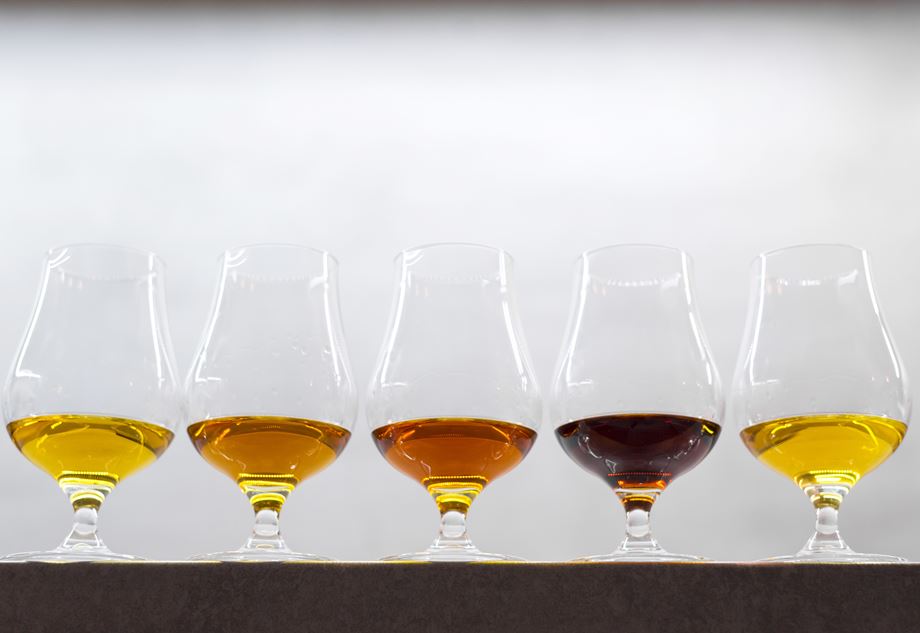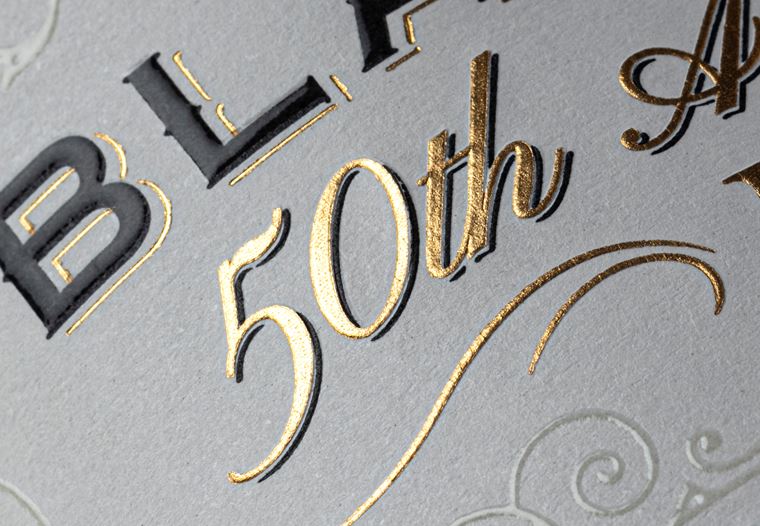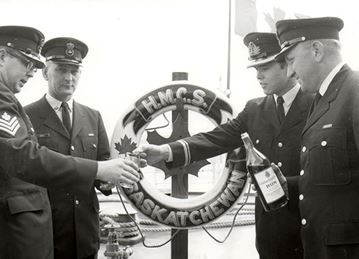

Tales of the Tot
ALL THAT GLITTERS IS NOT GOLD

In most spirits, you would normally expect the colour of the liquid to be a representation of how long it has been aged in the barrel, perhaps with the help of a little caramel colouring to create some consistency from batch to batch, year to year. However, the wonderful world of rum has far stormier waters to navigate in this particular area, and while there are rums available that don’t adjust their colour in any way, that is more the exception than the rule. Here is our guide to what all these different colours mean.
WHITE // GOLD // DARK // BLACK
If you are still describing your rum in terms of colour, we implore you to dig a little deeper and find out exactly what is in your glass. Describing a rum by its colour would be the equivalent of ordering brown whisky or a red wine - though you might get lucky, if the person serving you has good taste, it lacks the specificity needed to navigate the diverse multitude of options the rum world has to offer you - especially if you’re looking for rum online, or don’t have a friendly rum expert to hand to help you choose.
WHITE RUM
You may find ‘white rum’ used as a cure-all term for - unaged rum, unaged overproof rum, aged charcoal-filtered rum, agricole rhum, or even Clairin - and depending on which one you pick up, you are going to have a multitude of different drinking experiences! White rum is of course the layman’s term for a rum without colour - however, we encourage you to be specific about exactly what type of ‘white’ rum it is you’re choosing to drink.
GOLD RUM
In common parlance, ‘gold rum’ is typically used by people intending to describe a rum that has been aged. Unfortunately, many rum producing countries have no rules as to whether unaged rum can have colour added to it, and as such the ‘gold colour’ may be little more than E150A caramel colouring in unaged rum. We implore you to treat rum with the same degree of attention you’d give to whisky, or cognac, or indeed any aged spirit. Ask your bartender for a specific age statement from your favourite rum region. Or in the case of a blend, that might be comprised of multiple ages and countries, look for blenders that are transparent in what is in their bottle.
DARK OR BLACK RUM
It should be noted that outside of some of the world’s very oldest and expensive rums, no barrel has ever turned a rum ‘black’ - it is at worst, caramel colouring, and at best, molasses added to the blend for flavour - and colouring. Of course, you should only ever judge a rum by its taste - and there are many rums whose appearance matches up to a rich and complex taste that should be savoured and enjoyed. We recommend always checking the age statement on these rums to be clear what you are drinking, and never to presume that the darker a rum is, the older it is.
CARAMEL COLOURING
Caramel colouring or E150A is commonly used across the spirits world to create consistent colour across multitude of bottlings. While rum purists would often prefer to see the variation between batch to batch, it is often accepted that caramel colouring is necessary for consistency. Some producers will also use it to, in their opinion, enhance the aesthetic of the liquid.
MOLASSES IN BARRELS
In Guyana it is reputed that molasses were traditionally added to the insides of barrels to add colour and flavour to their rum - how widely used this practice is today remains in contention, however it would appear that this was certainly an early form of colouring (and flavouring) in rum.
IF NOT BY COLOUR, HOW DO I CHOOSE A RUM?
We recommend starting your rum journey by exploring different regions. Look at the differences between Barbados and Jamaica Rum, Guyanese and Martinique Rum, try as many different rums as possible and understand what each country has to offer. When you find a region you like, if it has more than one distillery, try rums from each place and narrow down your favourite. You’ll soon find certain regions and distilleries that seem to consistently make great rums that suit your flavour profile.
When choosing blends, it’s important to find names you recognise and trust - we like to think Black Tot is one of those for you! There are many terrific blenders in the world who make delicious rums from one region, or a blend of many regions - try them all and find your favourites!
Things to look for in rum are the country of origin, the distillery that made it, whether it was pot or column still (or a blend of both), the age statement on the rum (or rums in the blend), whether it was tropically or continentally aged, what type of casks it was aged in - all these factors will give you a much better appreciation and understanding of what you’re buying, and the quality of the liquid in your bottle. Some rums are easier to find out than most - you’ll find the information for all of our rums in the OUR RUMS section of this website.




